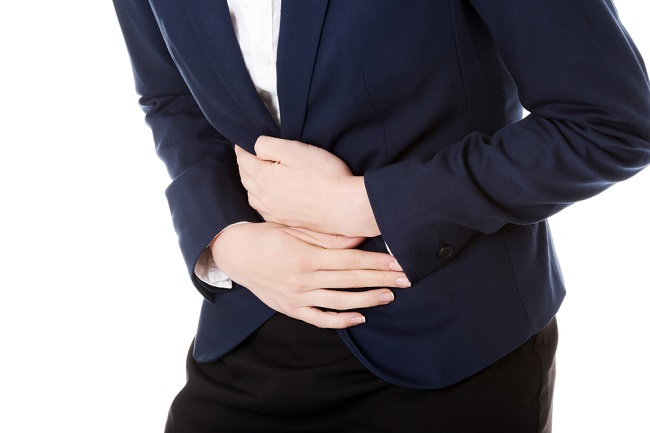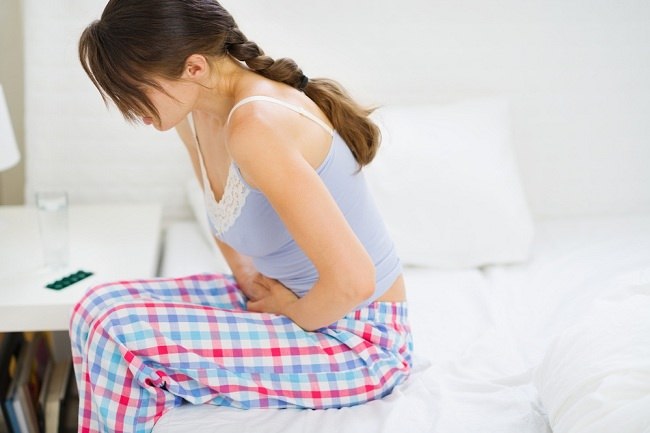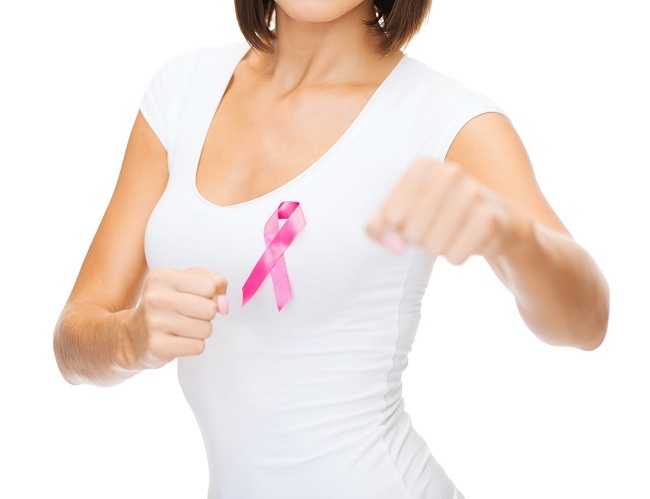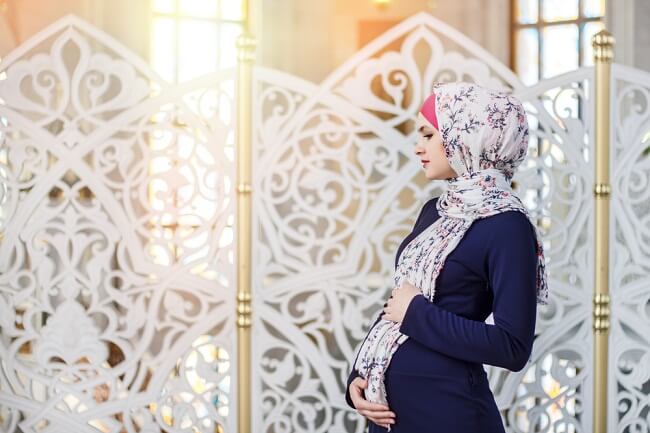Changes in a woman's body after giving birth are normal things that occur during the recovery period after giving birth. Changes in the body after giving birth are needed to adjust to the condition of the body after experiencing so many changes during pregnancy.
Pregnancy and childbirth bring changes, both physically and emotionally. During 9 months of pregnancy, the body will undergo various changes until it is finally ready to give birth to a baby.

Some of these changes can return to normal after a period of recovery, but some are permanent.
Various Changes in a Woman's Body After Childbirth
The following are some of the changes in the body that women can experience after giving birth:
1. Vaginal bleeding puerperal
After delivery, the vagina will release lochia or puerperal blood. Lochia consists of blood, mucus, remnants of the placenta, and the lining of the uterus. Puerperal blood is initially red, then brown and finally yellowish.
During the first 10 days after delivery, the volume of puerperal blood will be large enough that you will need to change your pad every few hours. Generally, the puerperium lasts for 6 weeks.
2. Difficult to hold urine
During pregnancy and after delivery, the pelvic floor muscles will weaken due to pressure from the fetus and the enlargement of the uterus. Weakened pelvic muscles can cause you to pass a small amount of urine when you cough, sneeze, or lift heavy objects.
To strengthen the pelvic muscles and relieve complaints of difficulty holding urination, you can do Kegel exercises. Also avoid excessive sports activities or movements, such as lifting weights or cycling.
3. Vagina feels wide
After giving birth to a normal baby, the vagina will feel wider and looser. This is normal and usually begins to improve within a few weeks of delivery. However, the vagina can not return completely to its original shape.
However, you can do Kegel exercises to tone your vaginal muscles and pelvic floor muscles. In addition, the vaginal surgery method can also be an option to re-close the vagina, if deemed necessary.
4. Vagina feels dry
Vaginal dryness after giving birth is one of the normal changes in a woman's body. This is caused by decreased levels of the hormone estrogen in the body. In breastfeeding mothers, hormone levels will be lower than mothers who are not breastfeeding.
A dry vagina will make sex uncomfortable or painful. To overcome this complaint, you can use a water-based vaginal lubricant when having sex.
5. Appear stretch marks in the stomach
Stretch marks This is because the skin stretches to make room for the growing baby. Appear or not stretch marks, depending on genetics and how quickly you gain weight.
These changes in the skin usually go away on their own within a few months after delivery.
6. Distended stomach
After the baby is born, the stomach does not automatically return to its original shape. It takes about 2 months for the uterus to return to its pre-pregnancy size. However, the stomach may not be as tight as before.
To tone your stomach muscles, follow a healthy diet and do sports that focus on toning your stomach muscles, such as sit ups, Pilates, and yoga specifically to shrink the stomach.
7. Swollen and painful breasts
After giving birth, the breasts will produce a lot of milk. This can make the breasts swollen and painful, especially if the milk accumulates in the breasts.
When the breast feels sore, you can empty the milk by breastfeeding your little one or expressing milk. You can also place a cold compress on your breast to relieve pain.
If the pain persists for a few days and the breasts are getting more swollen or even festering, you should see a doctor as this could be a sign of a breast infection.
8. Swollen and painful feet
During pregnancy, the body will produce more blood and body fluids to support the growth and development of the fetus. As a result, parts of the body, such as the hands and ankles, will be more prone to swelling.
This complaint can also occur up to a few days or weeks after giving birth. To overcome this, you can consume foods rich in potassium, drink enough water at least 8 glasses every day, and regularly move or do light exercise.
9. Hair loss
After giving birth, most women experience more hair loss than usual. This is due to decreased levels of estrogen after childbirth.
But, you dont have to worry. These changes usually only occur during the first few months after delivery. After that, the condition of your hair will return to normal.
10. Kdull skin and acne
Some pregnant women experience changes in skin color around the eyes or acne that grows more than usual. After giving birth, the dark color or acne will soon decrease.
However, there are some women who experience red rashes around the mouth and cheeks and very dry skin. This condition usually goes away within a few weeks.
You may feel overwhelmed because you have to face the various changes above while taking care of your newborn baby. If you really need help, don't hesitate to ask your partner or family for help. Remember, in the postpartum recovery period, you need to really take care of your health, including taking care of your body.
Do not forget to check with the doctor after giving birth, according to the schedule determined by the doctor. During the consultation, you can ask for advice on how to deal with the various physical and mental complaints you are experiencing, as well as how to deal with postpartum body changes.









